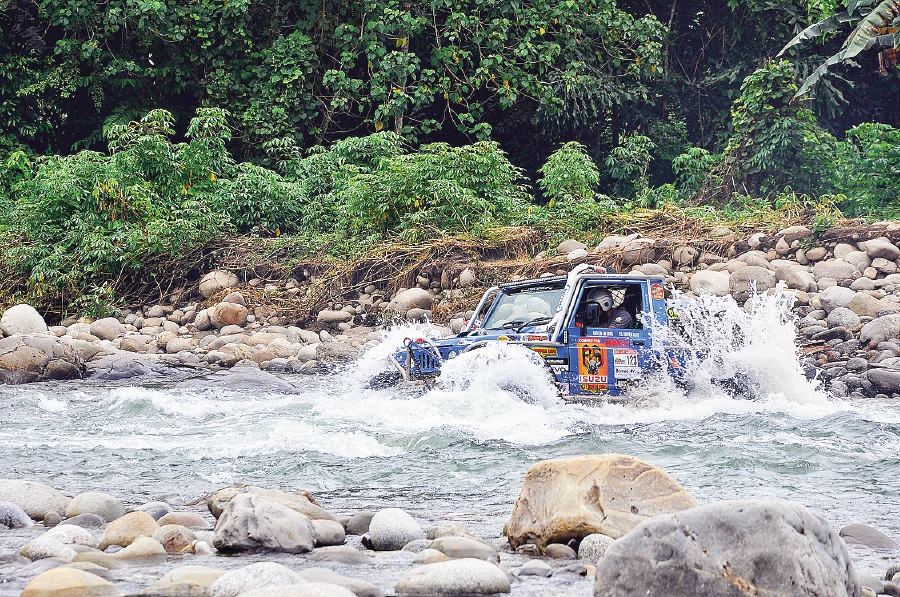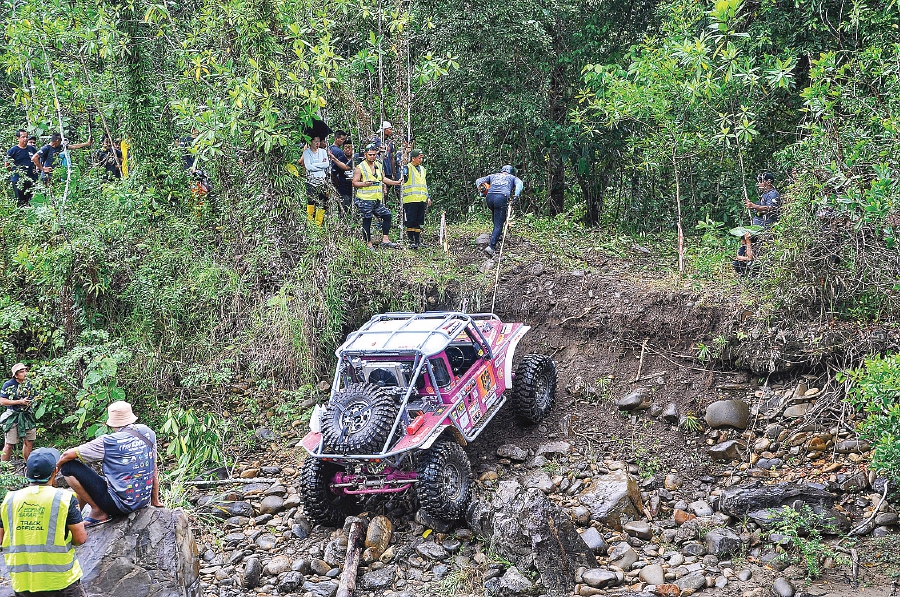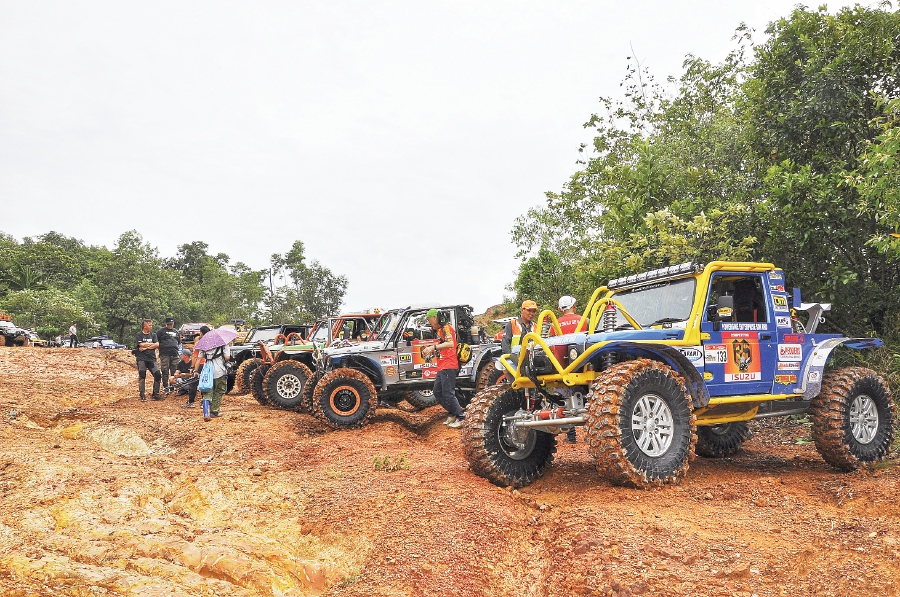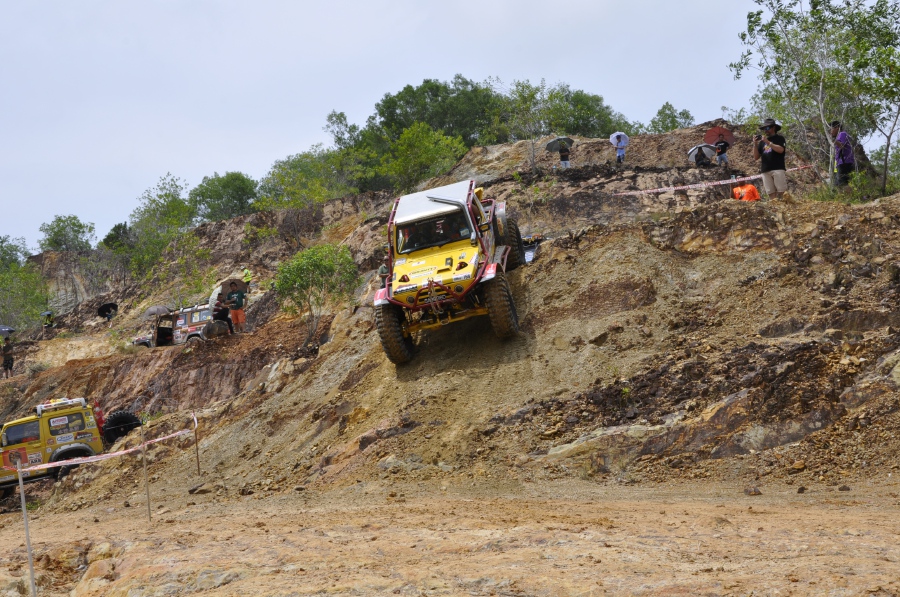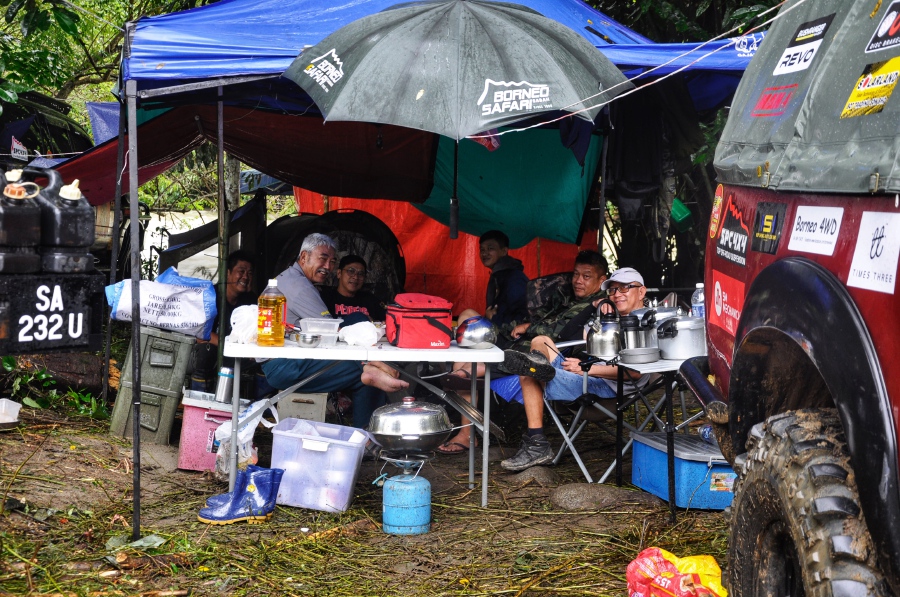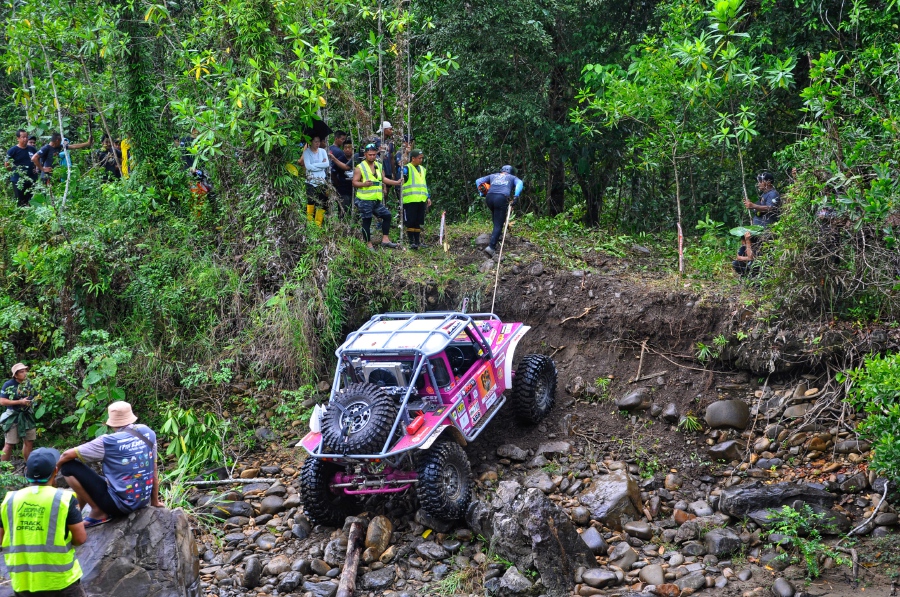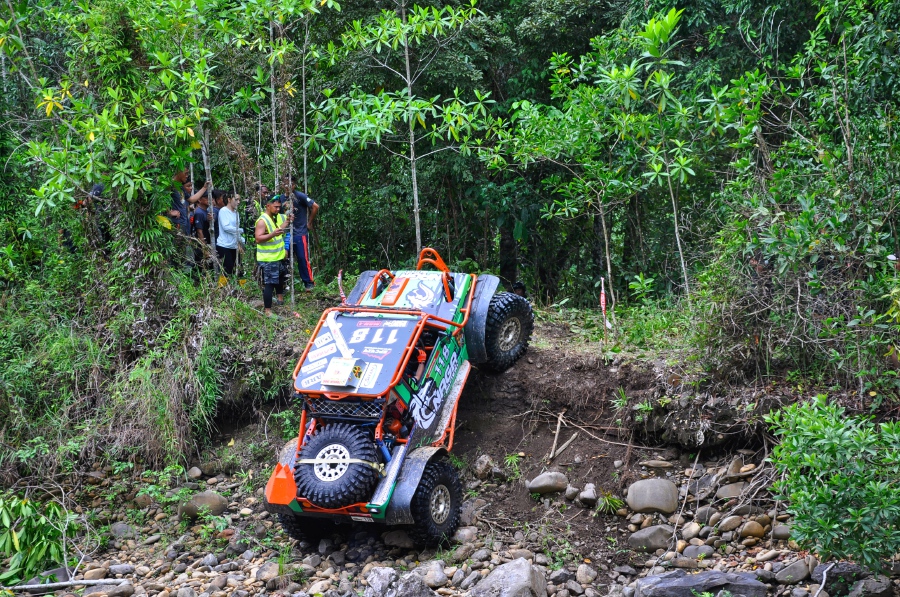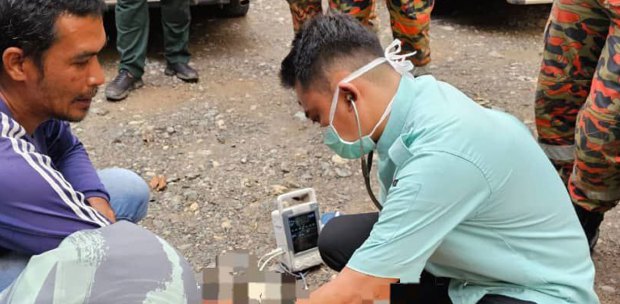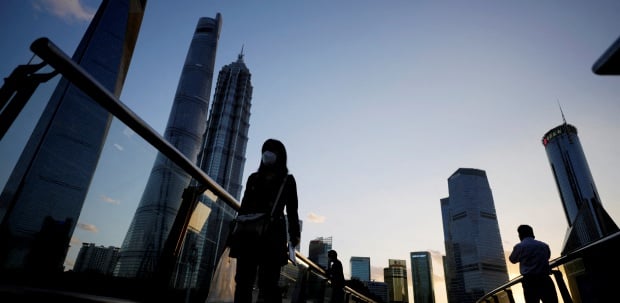THE Sabah Four Wheel Drive Association's (SFWDA) 30th Borneo Safari International Challenge, that concluded on Nov 6, saw the participation of around 1,200 off-road enthusiasts in 480 highly-modified four-wheel drive vehicles.
Competitors and participants from Malaysia, Brunei, Indonesia, Japan, Thailand, the United Kingdom and the Philippines headed into Sabah's beautiful Kota Belud district, where they were greeted by bubbling rivers, stunning night skies and the mesmerising Mount Kinabalu in the horizon.
This year's event, which was held from Oct 30 to Nov 6, differed slightly from previous years in that the Competition Class Convoy and the International Media Liaison group, which I travelled with, went on a separate route from event director and SFWDA president Faez Nordin's group, the 6 Tag On Class Group, and the group from the main sponsor Isuzu, which had entered the hardcore tracks ahead of us.
The first three special stages (SS) for the competitors were held in Gayang, Tuaran, before all teams moved on to their first night campsites around Kampung Tolungan and Kampung Tambulion, along Sungai Wariu.
Our convoy comprised nine vehicles and 24 team members.
Aside from ferrying local and international media members not aligned to the event sponsors, we had with us our own mechanical support, chuck wagon and medic team, which gave us a peace of mind, kept us well fed and patched up our battle scars throughout the week.
On Day 2, we exited the campsite at Kampung Tambulion and headed towards Kampung Tolungan where SS4 to SS6 were being held that afternoon. The other half of the participants had been camping there the night before and so we waited patiently for them to exit before moving in to set up camp ourselves.
As the area was within a local village tourism incentive campsite, half of our team camped as we usually do under a large communal flysheet, while the other half rented an empty bamboo hut, known as a "sulap" to set up our camp beds.
We were welcomed by local villagers beating traditional brass gongs and invited to join them in the graceful traditional "Sumazau" dance.
As the local villagers were selling some traditional food and craft, team chefs Shone and Kathie Majimbun decided to show their support, which also gave the foreign team members the opportunity to sample traditional dishes.
Villagers and event participants came out in full force to watch the second set of SS4 held in and along Sungai Wariu that afternoon. It was an action-packed spectacle that saw the competitor from the Philippines, Edison Patio Dungca, blowing an engine gasket head.
His amazing support team had the parts needed and they rushed in to fix the truck at the base camp and get it running for the next SS.
Under the watchful eyes of race director Datuk James Wong, deputy race director Toshiharu Urabe and competition manager George Tinker, the 24 competitors completed the afternoon races.
However, a downpour put a halt to the night SS. We were all wet and cold, but thankful for a heartwarming hot meal prepared by the chefs.
We woke up to continued drizzle on Day 3 and the sound of the fast-flowing water of Sungai Wariu told us that we were unlikely to hold any of the planned SS for that day, and maybe, neither would we be having a bath.
Most of us spent the day huddled under flysheets or donning raincoats and catching up with friends in different camps. Some of our teammates even found the time to take gong lessons from the local kids.
Having had time to take stock of our food supply, we cooked up a large batch of sausages that we shared with the villagers.
It was just before sunset that the rain stopped. We heard news that the other group was still queuing up to enter the hardcore sector as many members were unable to cross the river safely.
It left us wondering when when we would be hitting the hardcore tracks that we had prepared our vehicles and ourselves for.
Expedition leader Anthony Wong had informed us the night before that the convoy was to depart Kampung Tolungan for the next SS site at Kampung Tengkurus at 8am.
With our wake-up call at 5.30am, it gave us enough time to pack up and break camp. Sunrise in Sabah is a whole hour or so ahead of Peninsular Malaysia, so it started getting light by 5.45am.
The SS7 to SS9 were held on the morning of Day 4 at Kampung Tengkurus. Again, the weather was pretty wet at times. While the media members in our convoy stayed at the SS site to cover the competition, some team members went off in search of a campsite for the night.
It was decided that as it had been raining heavily and we were in an area with many eco-tourism incentives run by the locals, we should support the local economy by staying at the Tomodu Paradise Campsite.
This also gave the media members a chance to charge their equipment fully without having to rely on the auxiliary power supply from our vehicles, as well as a chance for our mechanics from Tough Diesel to replace a broken winch motor on one of the trucks.
We were hoping that Day 5 would be the day we get to see some mud and face some obstacles. This was what the Borneo Safari was all about - working hard to overcome hardship and challenges, dubbed the "The Borneo Suffering", in the jungle together.
MORE TO FOLLOW IN PART 2




